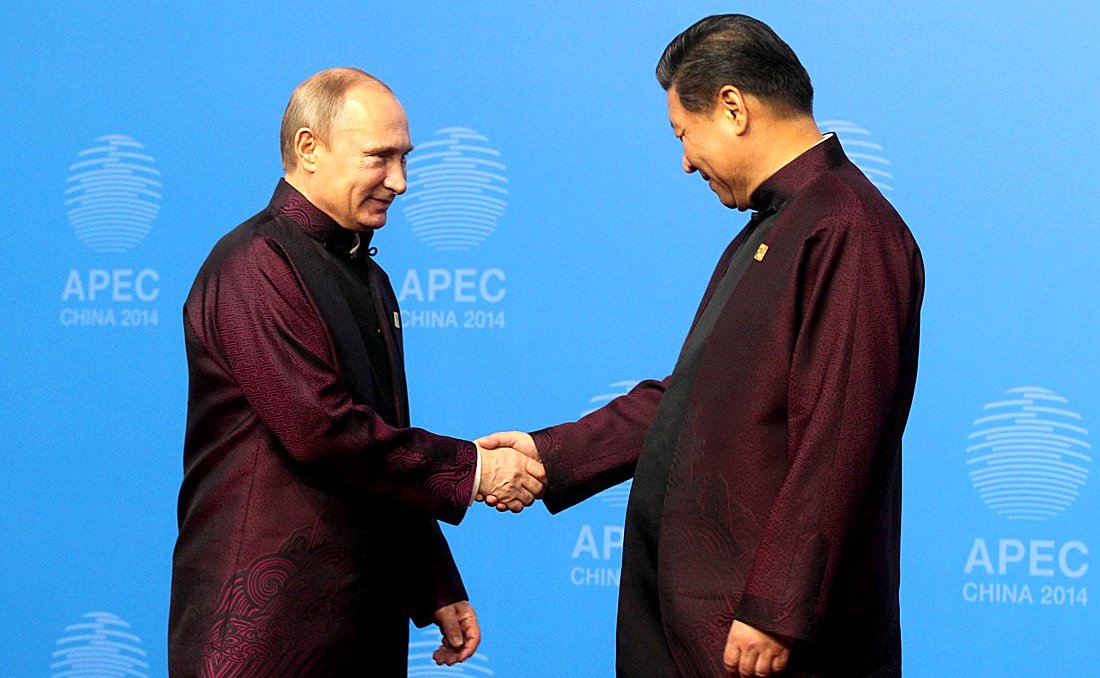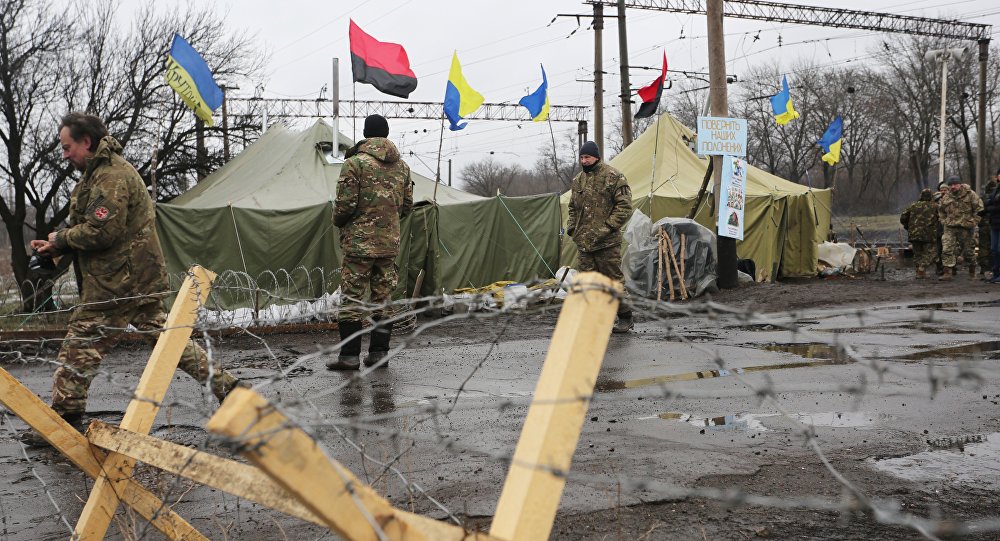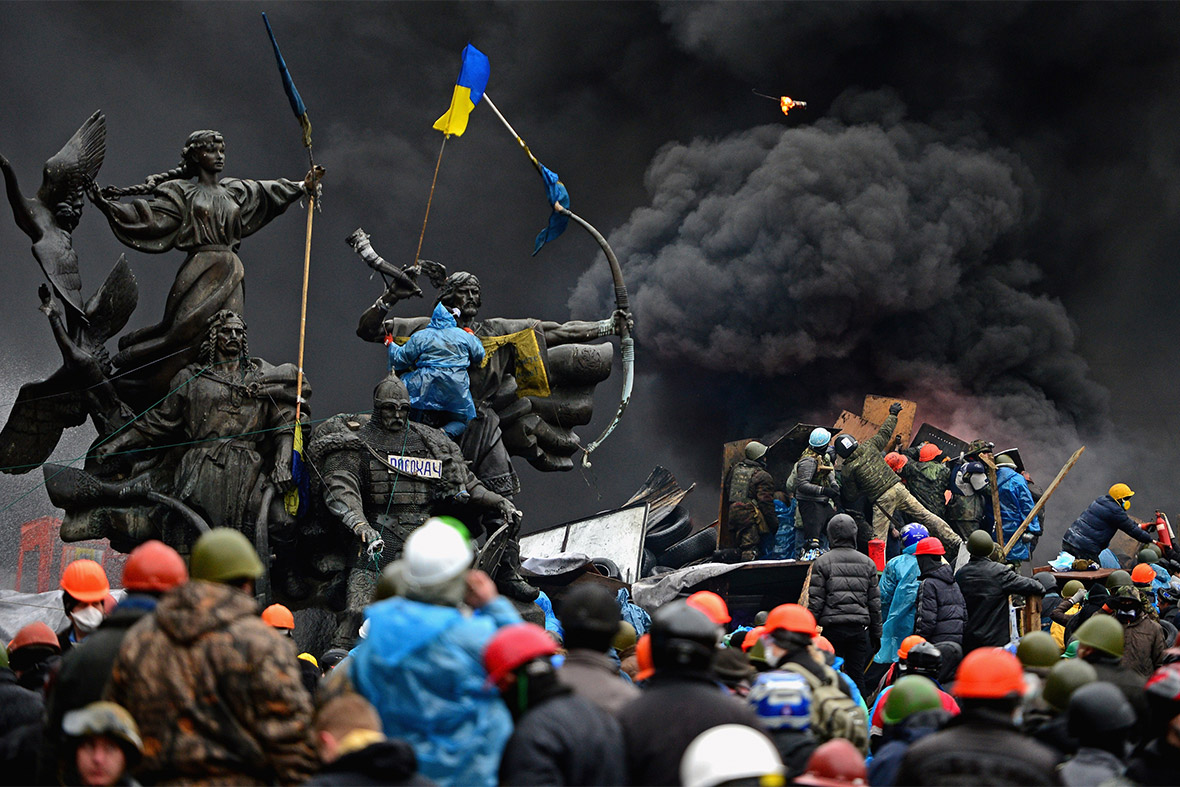
photo source: thebricspost
The need for an increased presence in Asia’s energy markets
The gas agreement between Russia and China concluded in 2014, has been given a new impetus to Russia-China energy cooperation and stirred numerous comments. While some of these comments tend to interpret Russia-China energy cooperation mainly through the lens of geopolitics, other opinions privilege almost exclusively its economic substance. Actually, the energy cooperation between Russia and China is part of the large and complex Russia’s shift to East, triggered by a mix of intertwined geopolitical and economic developments. Russia’s confrontation with the West over Ukraine, coupled with EU’s decision to lessen it energy dependence on Moscow have been important geopolitical factors which influenced Moscow’s eastwards turn. Nevertheless, economic rationales such as the wide-scale sanctions- which undermine the capacity of Russian energy companies to rise financing and access technology-, weak domestic economic performances, stagnated growth of traditional export markets, decrease of global oil prices, increased competition on global energy markets due to the entrance of new competitors (mainly the US LNG) have been playing the major part in Russia’s willingness to shift a main part of its energy interests to Asia. However, this shift was favoured by Asia’s growing energy demand, along with significant changes in region’s energy mix.
As the oil and gas sector provides nearly 50 % of the Russian state budget revenues and two-thirds of the country’s overall export revenues, maintaining the financial flows generated by the oil and gas sales is crucial for the country’s economic stability. Consequently, the draft of Russia’s Energy Strategy until 2035 (whose adoption was postponed since last year following significant changes in the domestic and global economic landscape) highlights the necessity to increase Russia’s presence in the energy markets of the Asia-Pacific region. In this new and complex economic landscape, which has been pushing Russia to enhance its presence eastwards, the energy cooperation between Russia and China occupies a pivotal role.
Russia-China energy cooperation: long-negotiated gas agreement, “oil for money” deals
The gas deal between Gazprom and China National Petroleum Corp (CNPC), settled during Putin’s visit to Beijing on May 21, 2014 opens a major new energy market for Russia. The deal has been negotiated for almost a decade and its agreement was delayed by disputes on pricing issues and the pipeline’s route. While Russia favoured the Western route (“Altai route”), less-capital intensive and shorter on its territory, which would have relied the Western Siberian gas fields to Xianjiang, China insisted on the Eastern route (“Power of Siberia”), which transports the gas from the Kovyktin and Chayandin East Siberian gas fields to North-East China. Russia’s strategic concessions to the Eastern route and the gas pricing formula have been two critical elements in achieving the $400 billion deal, which specifies that Russia will export 38 billion cubic meters of gas to China annually from 2018 to 2048. The contract’s provisions have not been disclosed but the analysts assess that it is tied to oil prices and it contains a “take-or-pay” clause. Regarding the average price paid by China, the estimations differ from $350 per thousand cubic meters (m/cbm) to 370-$380 m/cbm. The construction of the $55 billion “Power of Siberia” pipeline was launched in September 2014 by Russia and in June 2015 by China. A second gas deal, on the “Altai route”, negotiated by Vladimir Putin and Xi Jinping in November 2014, envisages the supply of 30 billion cubic meters of Russian gas a year for a period of 30 years, with further increase to 100 billion cubic meters. Nevertheless, this agreement’s implementation is loomed by some uncertainties, as the unspecified starting date or China’s further intention to re-negotiate on pricing formula.
Despite the “twists and turns” of their gas cooperation, Russia-China oil cooperation has been a fruitful one and it has been unfolded on two main lines: the “oil for money” deals and the Chinese participation in Russian upstream oil projects. Rosneft signed two mega- oil deals with CNPC (in 2009 for supplying 15 million tonnes a year until 2030 and in 2013 for supplying 360 million tonnes for 25 years) and one deal with Sinopec (in 2013). The deals included two long-term loans totaling $25 billion and advance payments; one of the loans went to Transneft for the construction of the Eastern-Siberia-Pacific Ocean oil pipeline. The most important Chinese participation in Russia’s upstream oil projects is related to the CNPC’s acquiring of 20 % stake in Novatek’s Yamal LNG project (in 2013) and the framework agreement of taking 10 % of Rosneft’s very profitable Vankor oil fields.
Looking ahead, could Russia’s energy cooperation with China trigger momentous geopolitical changes? Driven primarily by economic factors, it could do it only within the framework of a broad strategic partnership, comprising military, security and wider economic cooperation. Though this comprehensive and strategic partnership is already aimed by ones and feared by others, the time is not yet ripe for it.



